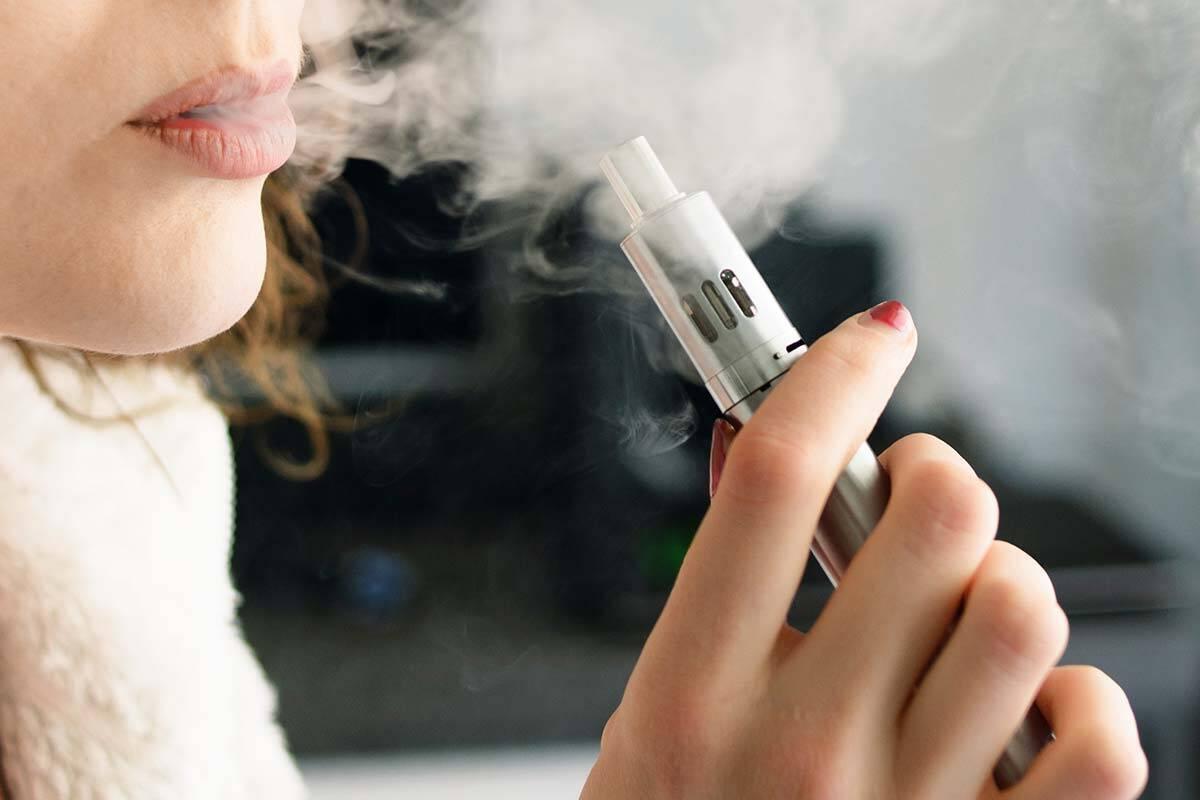A vape, short for vaporizer, is a device designed to convert liquid into vapor that can be inhaled. Vapes are commonly used for consuming e-liquids, which may contain nicotine, flavors, and other substances, as an alternative to smoking traditional tobacco products. Here's a more detailed breakdown of what vaping involves:
Components of a Vape
- Battery: Provides the power needed to heat the e-liquid. It can be rechargeable or disposable, depending on the device.
- Atomizer/Coil: The heating element that vaporizes the e-liquid. Coils need to be replaced periodically, as they wear out over time.
- E-liquid/Pod: The liquid that is vaporized. It typically contains a mixture of propylene glycol (PG), vegetable glycerin (VG), flavorings, and nicotine (optional).
- Tank/Pod System: Holds the e-liquid. Tanks are generally refillable, while pods can be either refillable or pre-filled and disposable.
- Mouthpiece: The part through which the user inhales the vapor.
How Vaping Works
When the device is activated, either by pressing a button or simply inhaling (depending on the device), the battery sends power to the atomizer. The atomizer heats the coil, which then vaporizes the e-liquid contained in the tank or pod. The user inhales the vapor through the mouthpiece.
Types of Vapes
- Cigalikes: Resemble traditional cigarettes and are usually disposable or come with replaceable cartridges.
- Vape Pens: Larger than cigalikes, with a refillable tank and replaceable coils.
- Pod Systems: Compact and user-friendly, using pods that can be either refillable or pre-filled.
- Box Mods: Larger, more powerful devices with advanced features like variable wattage and temperature control. They have larger tanks and longer battery life.
E-liquids
E-liquids, also known as vape juice or e-juice, are available in a wide range of flavors and nicotine strengths. The two primary base liquids are:
- Propylene Glycol (PG): Provides a stronger throat hit and carries flavors well.
- Vegetable Glycerin (VG): Produces thicker vapor clouds and has a slightly sweet taste.
Many e-liquids are a blend of both PG and VG, allowing users to find the right balance of throat hit and vapor production.
Advantages and Concerns
Advantages
- Alternative to Smoking: Vaping is often used as a less harmful alternative to smoking traditional cigarettes. Many smokers find it easier to quit smoking by transitioning to vaping.
- Variety of Flavors: E-liquids come in a wide variety of flavors, from traditional tobacco and menthol to fruit, dessert, and beverage flavors.
- Customizability: Vaping devices offer various levels of customization, allowing users to adjust the power, airflow, and e-liquid type to suit their preferences.
Concerns
- Health Risks: While vaping is generally considered less harmful than smoking, it is not without risks. The long-term health effects of vaping are still being studied.
- Nicotine Addiction: E-liquids can contain nicotine, which is addictive. Users should be aware of the nicotine content in their e-liquids.
- Regulatory Issues: The vaping industry is subject to evolving regulations, which can affect product availability and legal status in different regions.
Conclusion
Vaping has become a popular alternative to smoking, offering users a variety of devices and flavors to choose from. While it presents potential benefits, especially for smokers looking to quit, it's important to be aware of the health risks and regulatory landscape. Understanding how vaping works and the components involved can help users make informed decisions about their vaping experience.

